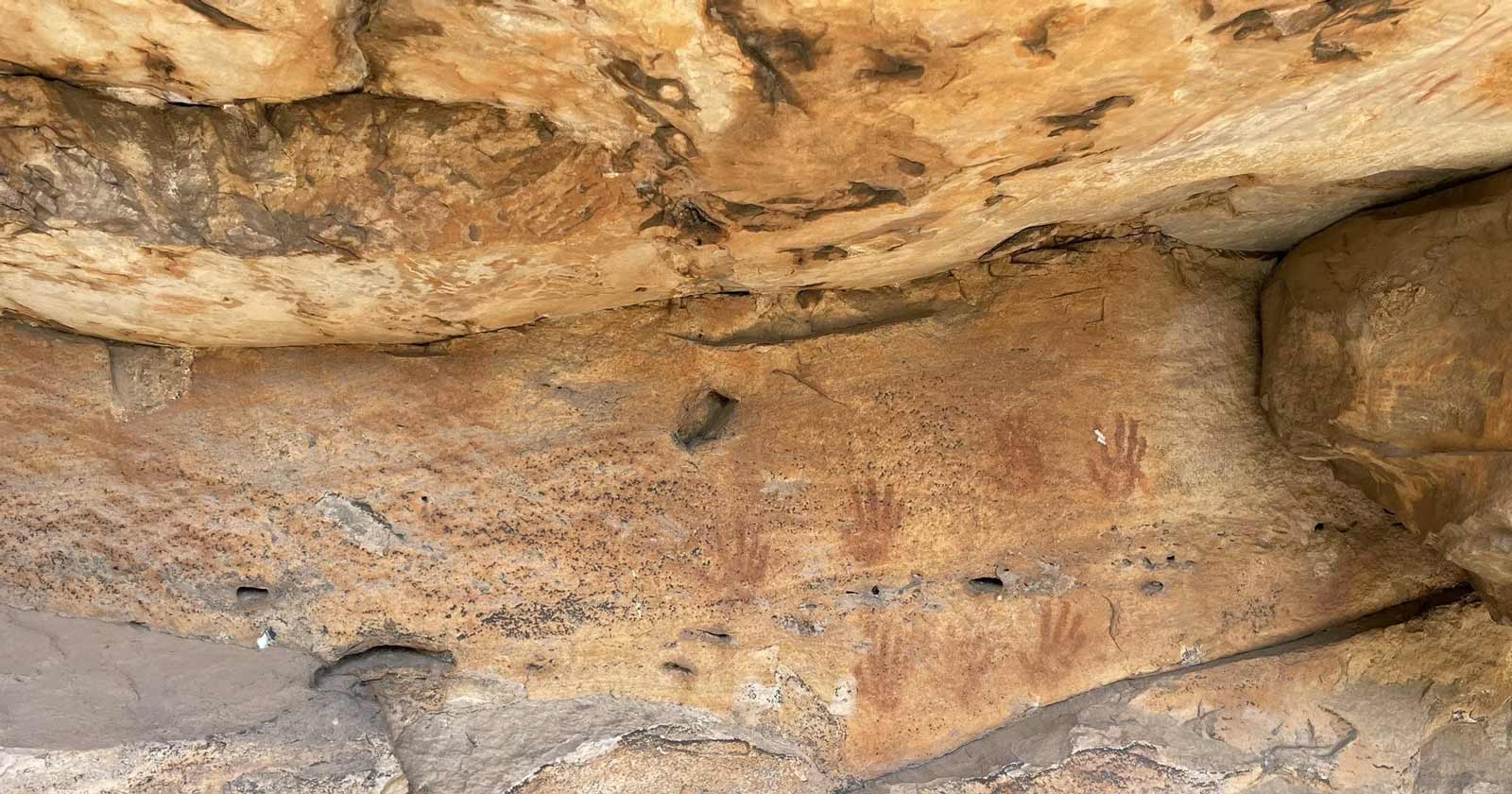
Gulgurn Manja Shelter, located in Western Australia, is a remarkable site where visitors can experience the profound artistry and history of ancient Aboriginal rock art. This incredible location is not only a visual feast for art lovers but also an essential window into the cultural heritage of the Aboriginal people. The intricate paintings that adorn the shelter walls showcase the rich narratives and spiritual beliefs embedded in their traditions, offering a unique insight into the lives and stories of those who lived thousands of years ago.

The Significance of Gulgurn Manja Shelter
Gulgurn Manja Shelter holds great significance for both cultural historians and Indigenous communities. The site features a range of rock art that dates back over 20,000 years, making it one of the oldest known art sites in Australia. Each painting tells a story, often depicting ancestral beings, local wildlife, and spiritual themes that reflect the deep connection the Aboriginal people have with the land. This connection not only acknowledges the physical presence of their ancestors but also encompasses their traditions, laws, and environmental knowledge.
Moreover, the shelter is part of the traditional custodianship of the Aboriginal people, who are dedicated to preserving their heritage and sharing it through education and awareness efforts. The site is recognized for its cultural and archaeological importance, which has led to extensive research and documentation, allowing scholars and visitors alike to understand the intricate layers of stories told through the art. Exploring Gulgurn Manja Shelter provides a meaningful way to appreciate the rich tapestry of Indigenous Australian culture.

Exploring the Art: What to Look For
Visiting Gulgurn Manja Shelter can be a captivating experience if you know what to look for. The rock art features various motifs, including:
- Animal Representations: Many paintings depict native animals such as kangaroos, emus, and fish, symbolizing the landscape’s biodiversity.
- Spiritual Symbols: The presence of geometric shapes and human figures often reflects spiritual beliefs and rituals.
- Seasonal Changes: Artworks can indicate seasonal variations, capturing the cyclical nature of the environment and the residents’ interaction with it.
Each piece of art has been meticulously crafted, often using natural pigments derived from ochre, charcoal, and other earth materials. As you walk through the site, take time to reflect on the significance of each image and consider how they connect to the stories shared by local Indigenous groups. Guided tours led by Aboriginal custodians can provide even deeper insights, allowing you to engage with the cultural narratives linked to the shelter.

Visiting Gulgurn Manja Shelter
When planning a visit to Gulgurn Manja Shelter, it’s essential to consider a few critical aspects to enhance your experience. The site is located within the greater area of the Karijini National Park, an environment that not only offers incredible rock formations and landscapes but also a rich biodiversity. Ensure that you wear comfortable clothing and sturdy footwear as you may need to walk on uneven terrain. Allow for sufficient time to explore the area, and take advantage of the interpretive signage that helps to explain the various artworks.
Visitors should be respectful of the land and its significance to Indigenous culture. Engaging with local communities and participating in cultural tours or workshops can enrich your understanding of the site’s heritage and show support for ongoing conservation efforts. Remember to follow all guidelines when visiting culturally sensitive areas, as this ensures that future generations can also appreciate and learn from these historic sites.

Conclusion
Gulgurn Manja Shelter is a treasure trove of ancient rock art that reflects the rich cultural heritage of the Aboriginal people of Australia. With its stunning visuals and deep spiritual connections, the site is an invitation to explore the stories of the past while fostering respect for the Indigenous cultures that continue to thrive today. A visit to this remarkable site not only enriches one’s understanding of art and history but also emphasizes the importance of cultural preservation in an ever-changing world. Embrace the opportunity to connect with the land and its history, and let the ancient artwork at Gulgurn Manja Shelter tell its story to you.
FAQs
1. What is Gulgurn Manja Shelter?
Gulgurn Manja Shelter is an ancient rock art site located in Western Australia, known for its remarkable Aboriginal paintings that date back over 20,000 years.
2. Why is the site significant?
The site holds cultural, spiritual, and historical significance as it showcases the connection between Aboriginal people and their landscape, represented through intricate rock art.
3. How can I visit Gulgurn Manja Shelter?
Visitors can access Gulgurn Manja Shelter through guided tours offered in the Karijini National Park, where they can learn about the art and its cultural context.
4. What types of artworks can be seen there?
The artworks range from animal representations and human figures to spiritual symbols, all crafted with natural pigments derived from the local environment.
5. Can I engage with the Indigenous community during my visit?
Yes, engaging with local Indigenous communities during your visit can enhance your experience and understanding of the site’s cultural significance through workshops and guided tours.



